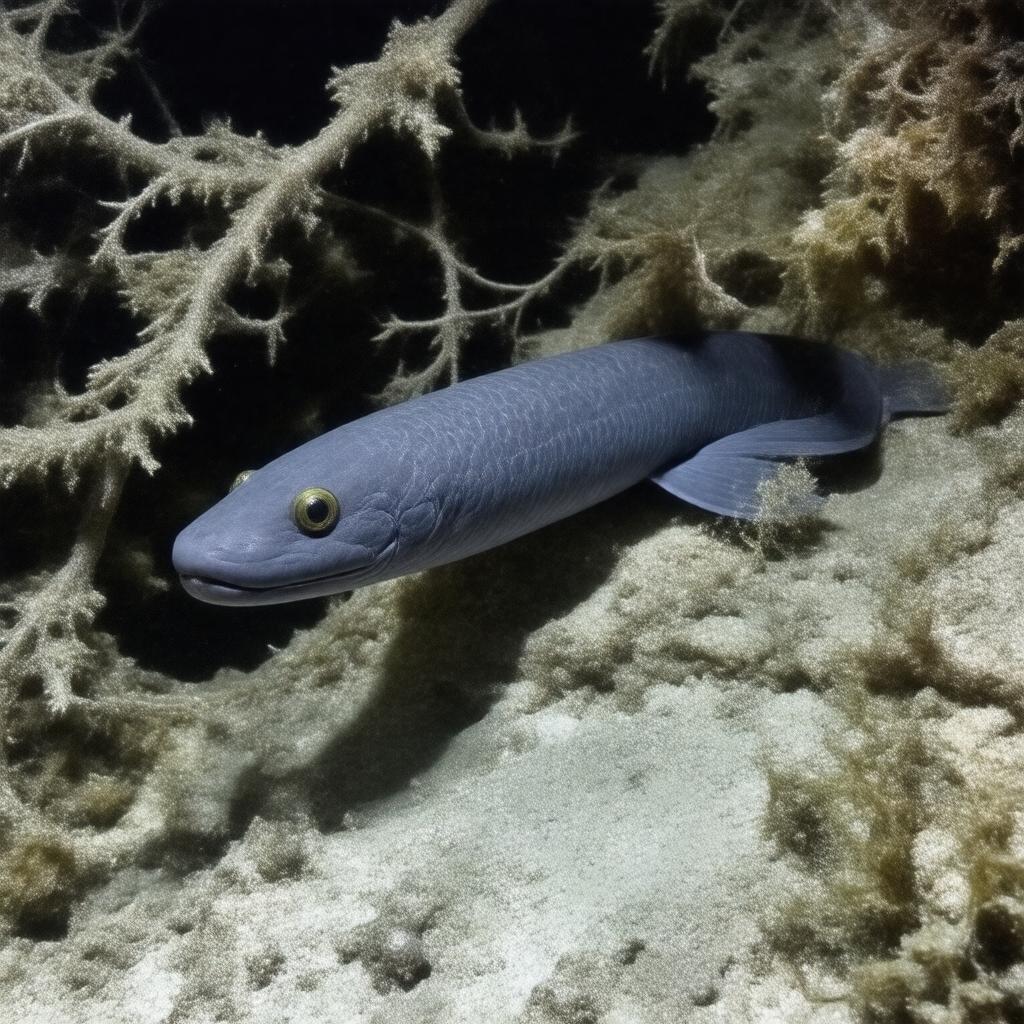
AI-created image
Statements (33)
| Predicate | Object |
|---|---|
| gptkbp:instanceOf |
gptkb:species
|
| gptkbp:class |
gptkb:Actinopterygii
|
| gptkbp:commonName |
gptkb:American_eel
|
| gptkbp:conservationThreats |
habitat loss
overfishing pollution |
| gptkbp:describedBy |
gptkb:Lesueur
|
| gptkbp:describedYear |
1817
|
| gptkbp:diet |
gptkb:carnivore
gptkb:fish invertebrates |
| gptkbp:distribution |
gptkb:Atlantic_Ocean
gptkb:North_America |
| gptkbp:economicImportance |
gptkb:fish
aquaculture |
| gptkbp:family |
gptkb:Anguillidae
|
| gptkbp:genus |
gptkb:Anguilla
|
| gptkbp:habitat |
gptkb:marine
freshwater |
| gptkbp:IUCNStatus |
Endangered
|
| gptkbp:kingdom |
gptkb:Animalia
|
| gptkbp:larvalStage |
leptocephalus
|
| gptkbp:lifespan |
up to 20 years
|
| gptkbp:maximumLength |
152 cm
|
| gptkbp:migratory |
catadromous
|
| gptkbp:order |
gptkb:Anguilliformes
|
| gptkbp:phylum |
gptkb:Chordata
|
| gptkbp:reproduction |
semelparous
|
| gptkbp:spawningLocation |
gptkb:Sargasso_Sea
|
| gptkbp:taxonRank |
gptkb:species
|
| gptkbp:bfsParent |
gptkb:American_eel
|
| gptkbp:bfsLayer |
5
|
| http://www.w3.org/2000/01/rdf-schema#label |
Anguilla rostrata
|